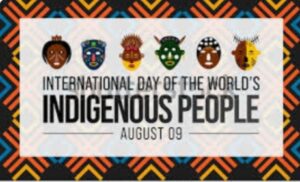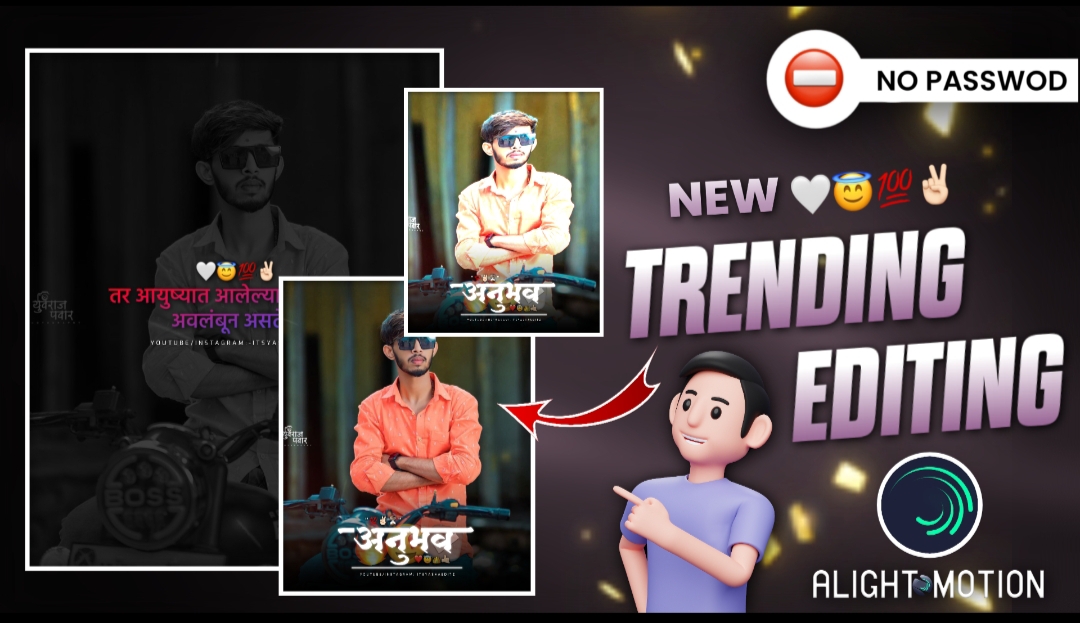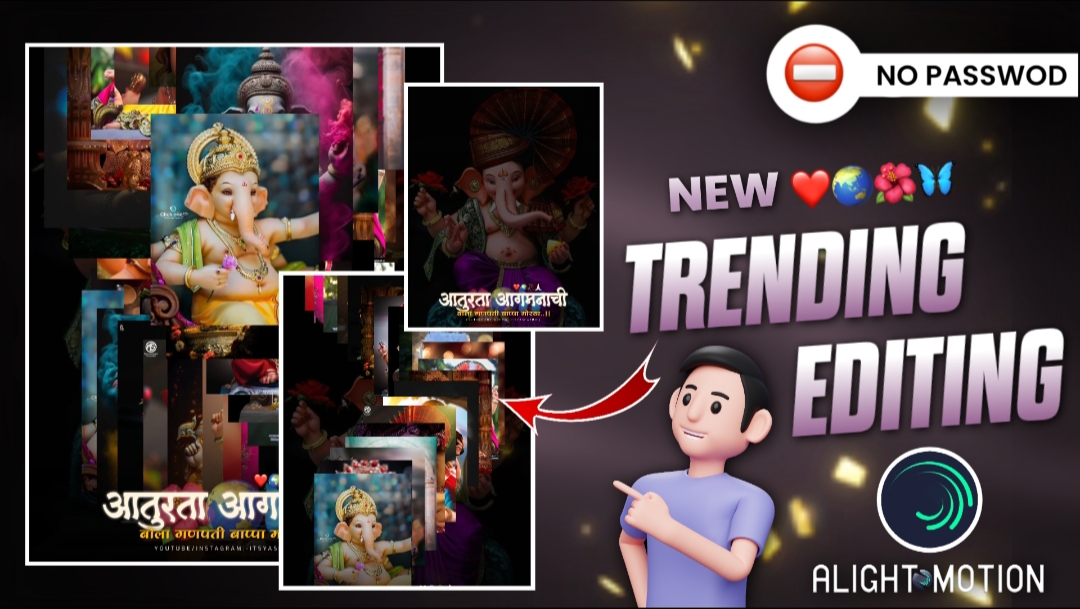On August 10th each year, the world comes together to celebrate World Lion Day, a global observance dedicated to raising awareness about the conservation of lions and their habitats. As one of the most iconic and charismatic species on the planet, lions have captured the hearts and imaginations of people for generations. However, their populations are facing unprecedented challenges, making the need for concerted conservation efforts more crucial than ever before. This article delves into the significance of World Lion Day, the importance of lions in ecosystems, the threats they face, ongoing conservation initiatives, and the role of individuals and communities in ensuring their survival.

The Majestic Lion: A Symbol of Power and Grace
Lions, scientifically known as Panthera leo, have long held a special place in human culture and history. Revered for their strength, courage, and majestic appearance, they are often referred to as the “king of beasts.” Lions exhibit a unique social structure, with prides typically consisting of multiple females, their offspring, and a coalition of males. Their roaring calls echo across the savannas, signaling their presence and reinforcing their dominance within their territories.
The Significance of World Lion Day
World Lion Day was established to shine a spotlight on the critical conservation status of lions and the pressing need for action. This annual observance serves as a platform to educate, engage, and mobilize individuals, communities, and organizations to address the various challenges that lions face and to promote their coexistence with humans.
The Role of Lions in Ecosystems
Lions play a pivotal role in maintaining the health and balance of ecosystems. As apex predators, they regulate prey populations, preventing overgrazing and promoting the diversity of plant species. By controlling herbivore numbers, lions indirectly contribute to the overall stability of habitats, ensuring that certain plant species do not dominate and disrupt the natural balance.
Threats to Lion Populations
Despite their iconic status, lions are in danger. Habitat loss and fragmentation due to human activities, such as agriculture and urban development, have encroached upon traditional lion territories. This has led to increased human-wildlife conflict as lions come into closer contact with livestock and human settlements. Additionally, poaching for their bones, skins, and body parts, driven by illegal wildlife trade, remains a significant threat. Trophy hunting, although regulated in some areas, continues to impact lion populations.
Conservation Initiatives and Successes
The conservation community has recognized the urgency of addressing these threats. Numerous organizations, governments, and individuals are working together to safeguard lion populations and their habitats. Protected areas and national parks have been established to provide safe havens for lions to roam freely. Collaborative efforts involving local communities aim to mitigate human-wildlife conflict and promote coexistence. Anti-poaching patrols and law enforcement measures are being ramped up to combat illegal hunting.
In some regions, notable successes have been achieved. The case of the Asiatic lion population in the Gir Forest National Park in India is a prime example. Through dedicated conservation efforts, this population has shown an increase in numbers, offering hope that with the right interventions, the decline of lions can be reversed.
Individual and Community Roles in Conservation
While large-scale conservation efforts are crucial, the role of individuals and communities cannot be underestimated. Public awareness and advocacy campaigns, particularly on occasions like World Lion Day, play a significant role in rallying support and funding for lion conservation projects. Education programs aimed at local communities help foster a sense of ownership and responsibility for protecting lions and their habitats.
Looking Ahead: The Future of Lions
As we celebrate World Lion Day, it is essential to recognize that the fate of these magnificent creatures is intertwined with the choices humanity makes. The conservation of lions requires long-term commitment, collaboration, and sustainable practices. By addressing the root causes of threats and empowering local communities, we can create a future where lions continue to roam the wild, enriching our ecosystems and inspiring generations to come.
World Lion Day stands as a poignant reminder of the urgent need to protect and conserve lions and their habitats. These majestic animals embody the beauty and complexity of the natural world, and their survival is intrinsically linked to the health of ecosystems and the well-being of communities. Through awareness-raising, education, and collective action, we have the power to ensure that lions continue to reign as kings of the wild for generations to come. Let us seize the opportunity presented by World Lion Day to ignite a global movement dedicated to securing a future where lions thrive alongside humans in harmony and mutual respect.




















 Taxi Booking Chet
Taxi Booking Chet